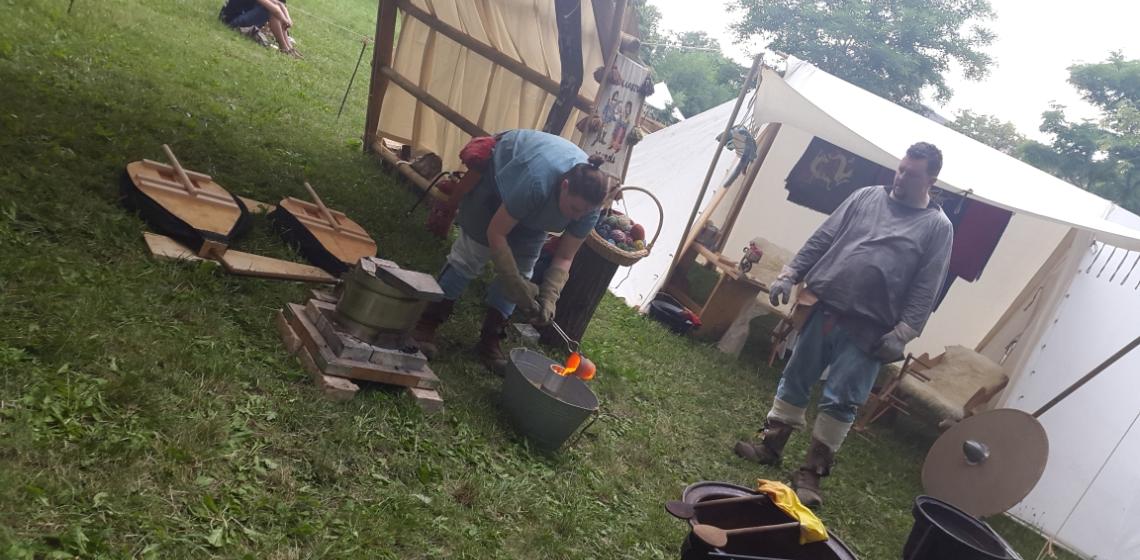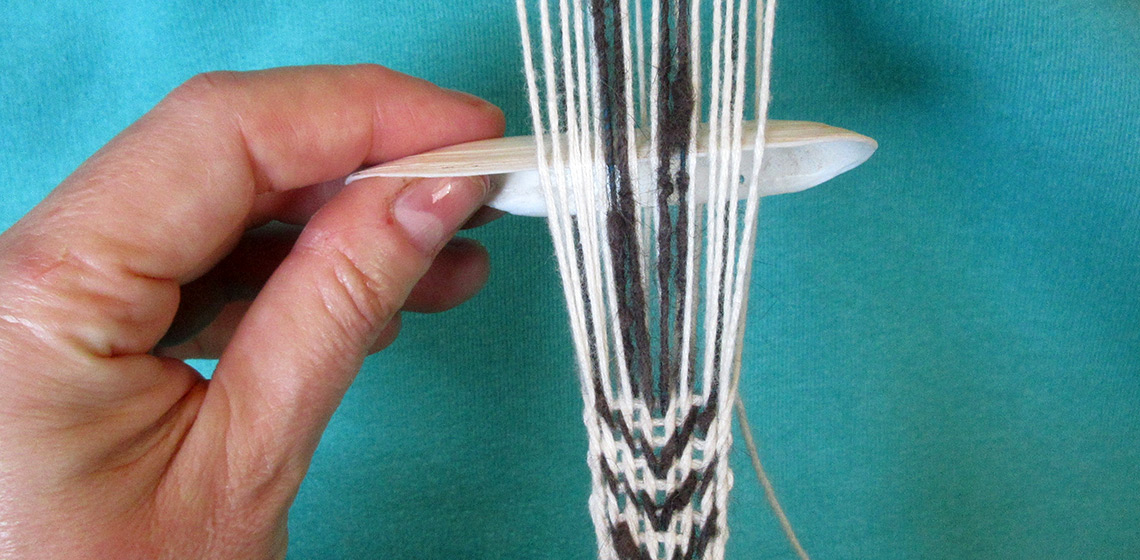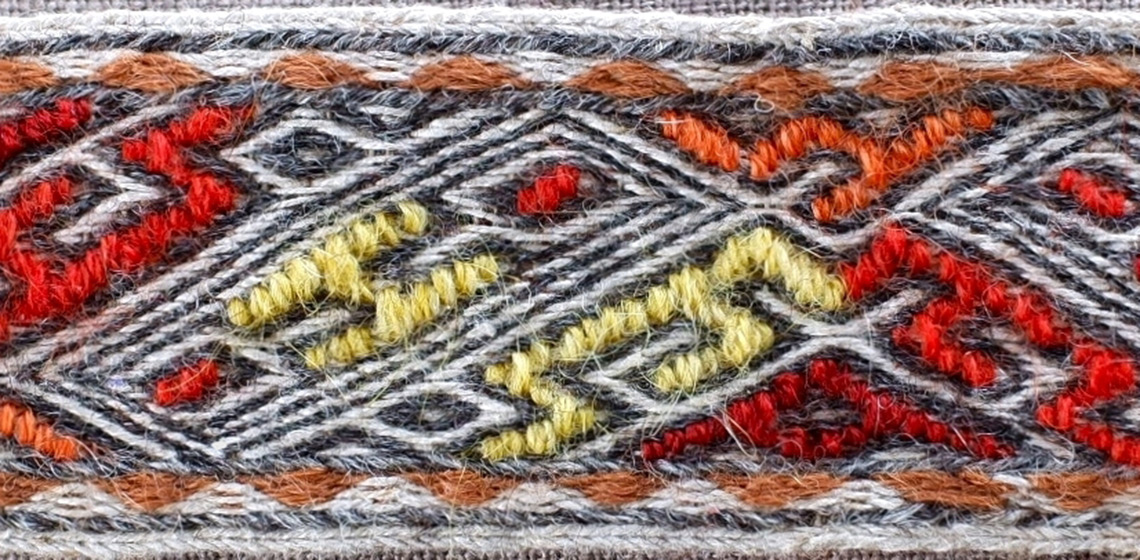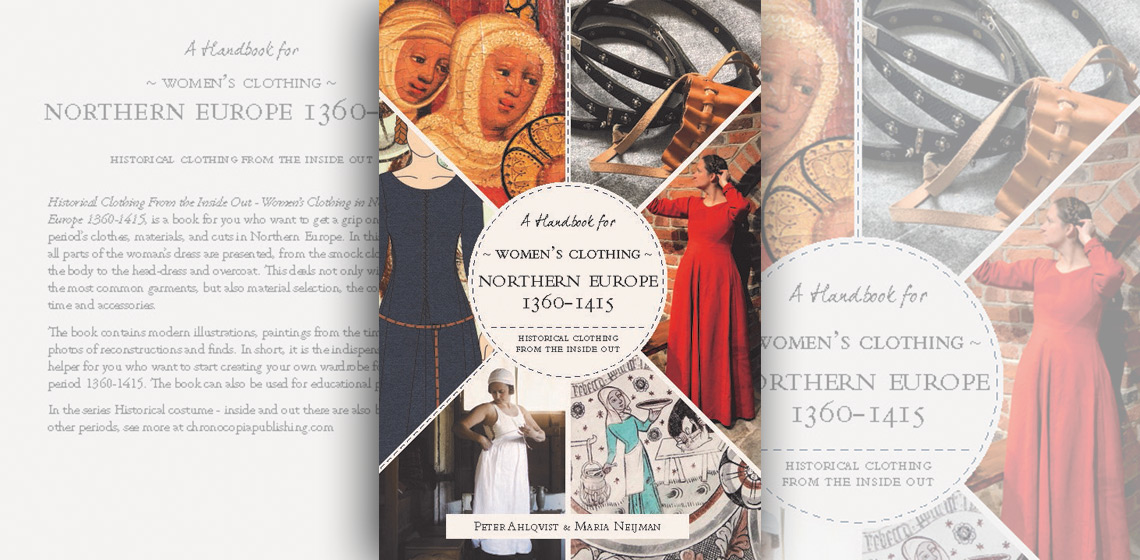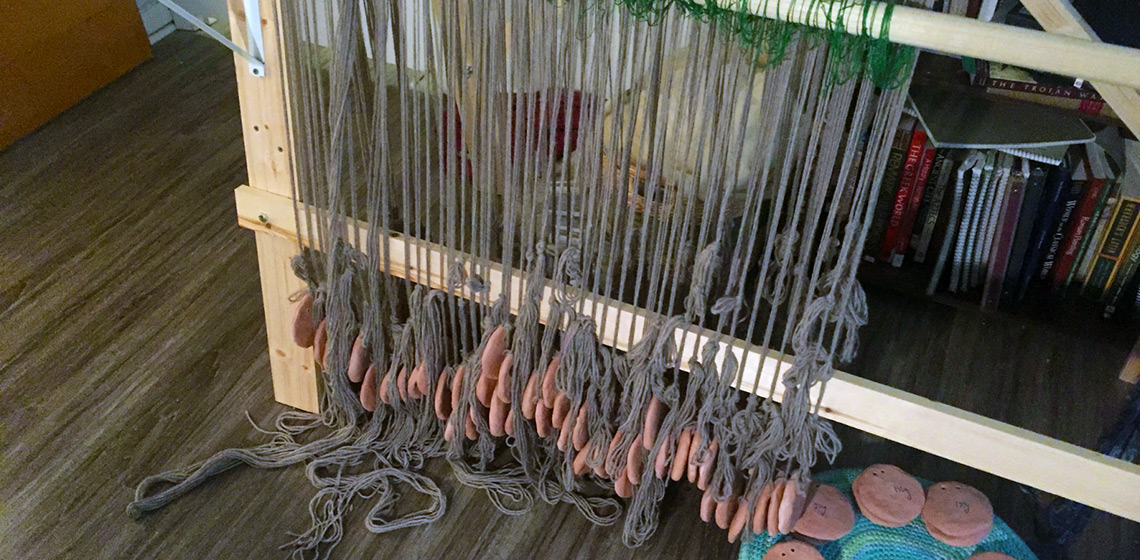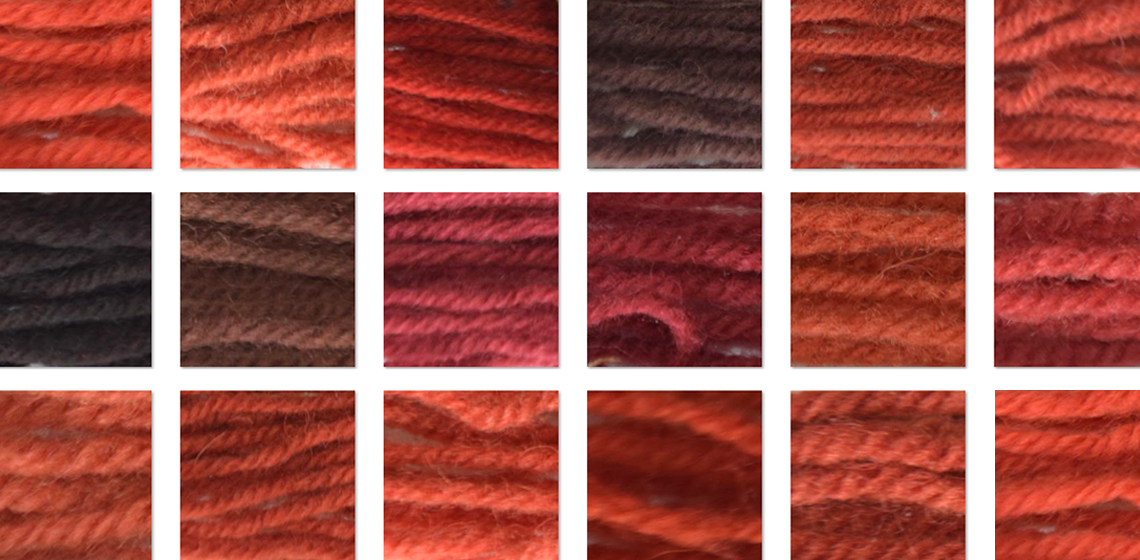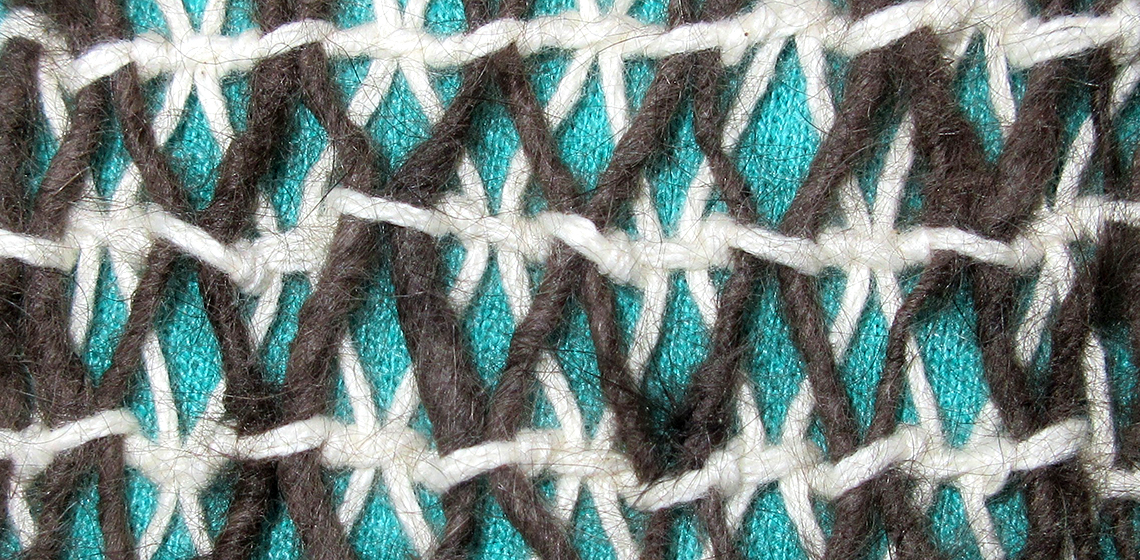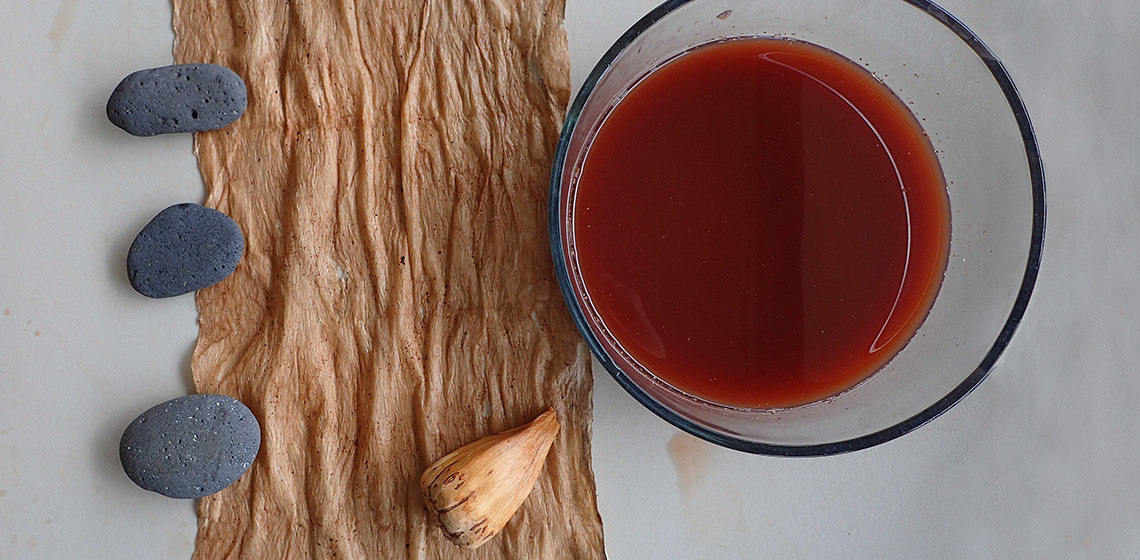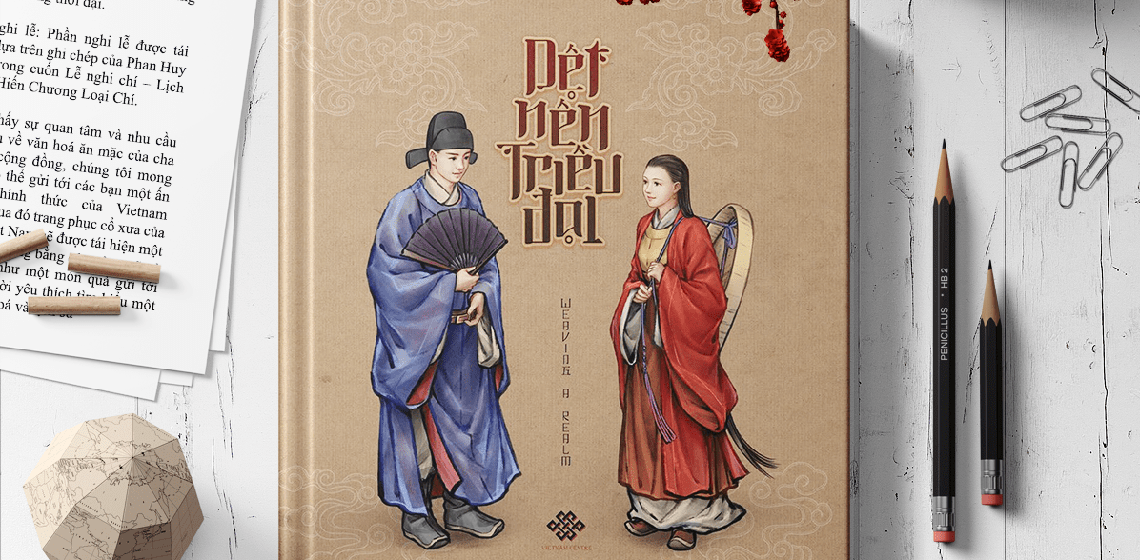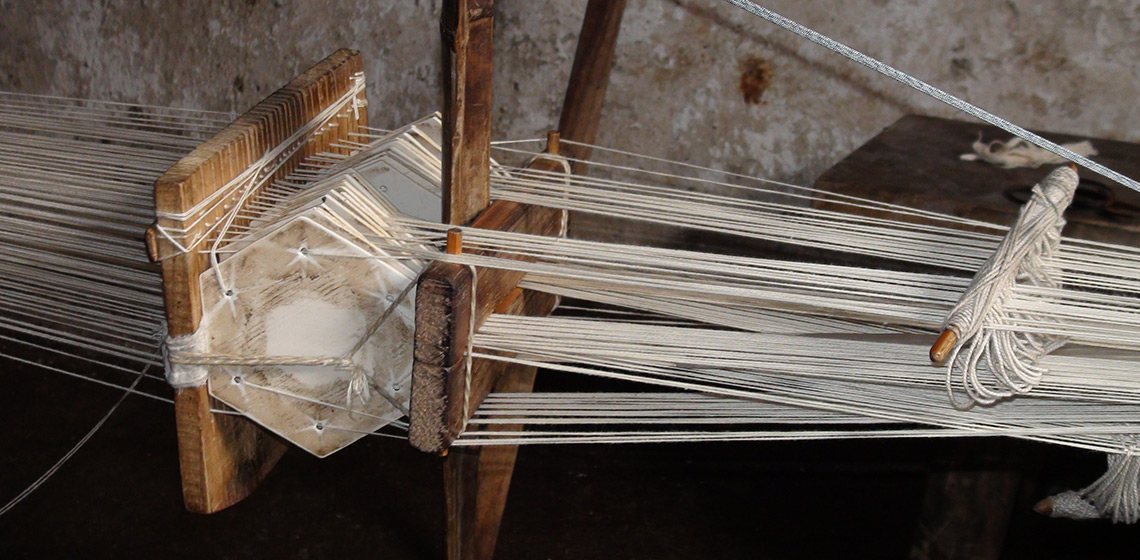Historisches Handwerk L. Intichar (AT)
We provide demonstrations of historic crafts at medieval fairs and sometimes schools.
We provide demonstrations of historic crafts at medieval fairs and sometimes schools. Our current main focus is textile dyeing. Trained in history and archaeology, we started historic craft demonstrations as spare time activity and in order to not lose contact with our academic professions. Demonstrating historic crafts has also been a preferred way to continue the focus on experimental archeology developed during studies.

